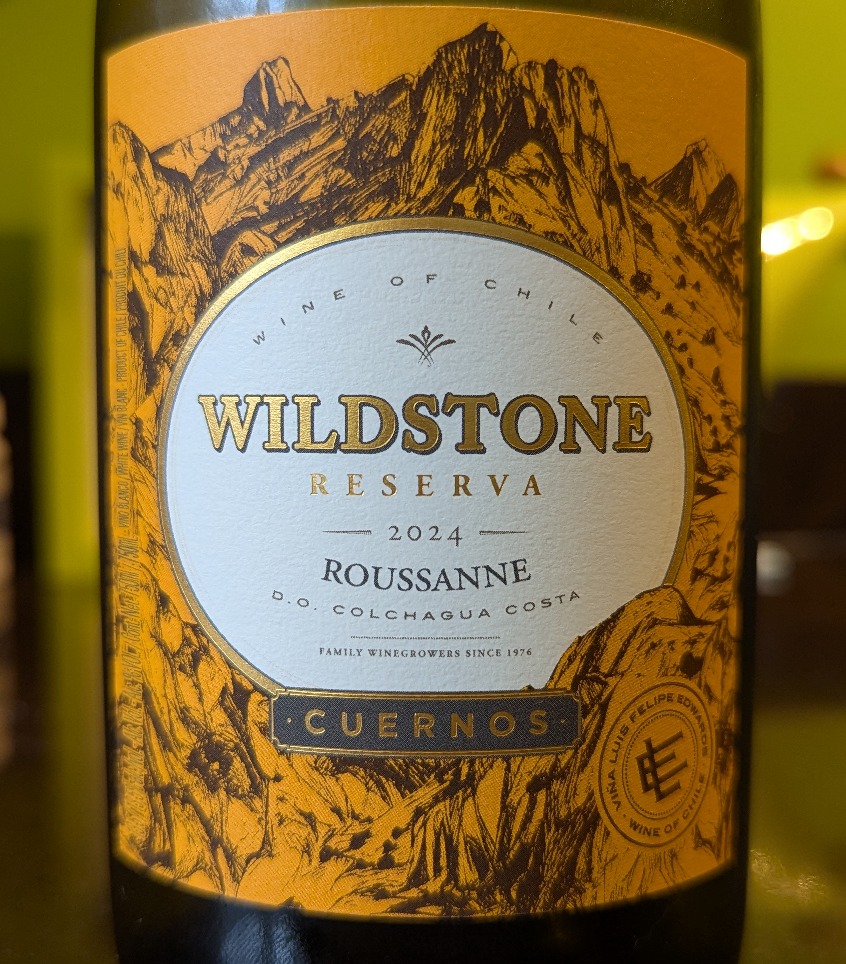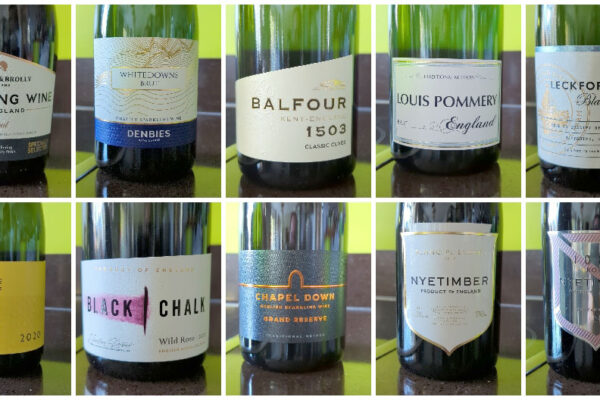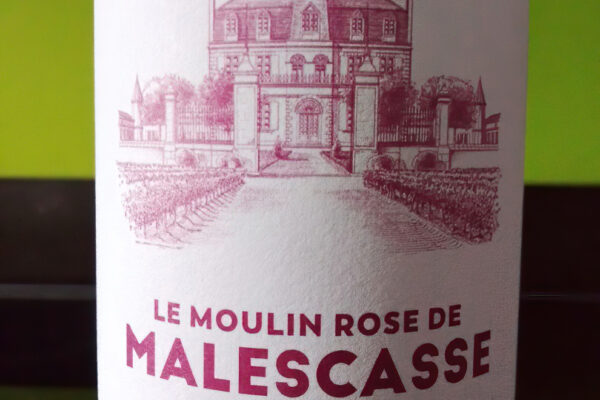
From the Chilean producer Luis Felipe Edwards, Wildstone is a wine that pays tribute to the rugged stone that emerges untamed from the landscape, carving its own way through plains and forests of Chile itself. The grapes for this white come from the Colchagua Coast, an area increasingly recognised for producing distinctive wines.
I first came across this Roussanne last year at the Waitrose Autumn press tasting. It’s one of those bottles that might slip under the radar due to the Roussanne grape having a relatively low profile, especially outside of Rhône, France. In fact, even John, the highly knowledgeable wine advisor at Waitrose West Byfleet, hadn’t tried it and initially wasn’t aware it was stocked. It was only when I glimpsed it tucked away on a shelf while chatting to him that we realised it was right there in store.
The 2024 vintage, which sits at 13.5%, is made up of 85% Roussanne and 15% Marsanne. It was fermented with a specially selected yeast to bring out its aromatic qualities and then spent three months on its fine lees in oak, adding depth and complexity. Descorchados 2025 has awarded it 92 points.
To get the most from this wine, I found it really benefits from being taken out of the fridge a long 40 minutes before drinking. Once it’s had a chance to warm a lot, the aroma opens up beautifully with ripe peach, a touch of citrus and a note of honey. On tasting, the peach comes through even more intensely, rich and ripe. The texture is full and rounded, almost reminiscent of a sweet wine in feel, though it isn’t sweet. It lingers with a long, satisfying finish.
There’s a richness to it that makes it like, say, a concentrated Chenin Blanc. It’s bold but not noticably oaked, which keeps it from becoming heavy or cloying. That said, it might be a touch much for those who prefer lighter styles, but for me, it’s great.
Currently priced at £9.00 from Waitrose, with 25% off bringing it down to only £6.75 at time of writing, this is exceptional value for something with such presence and character.













